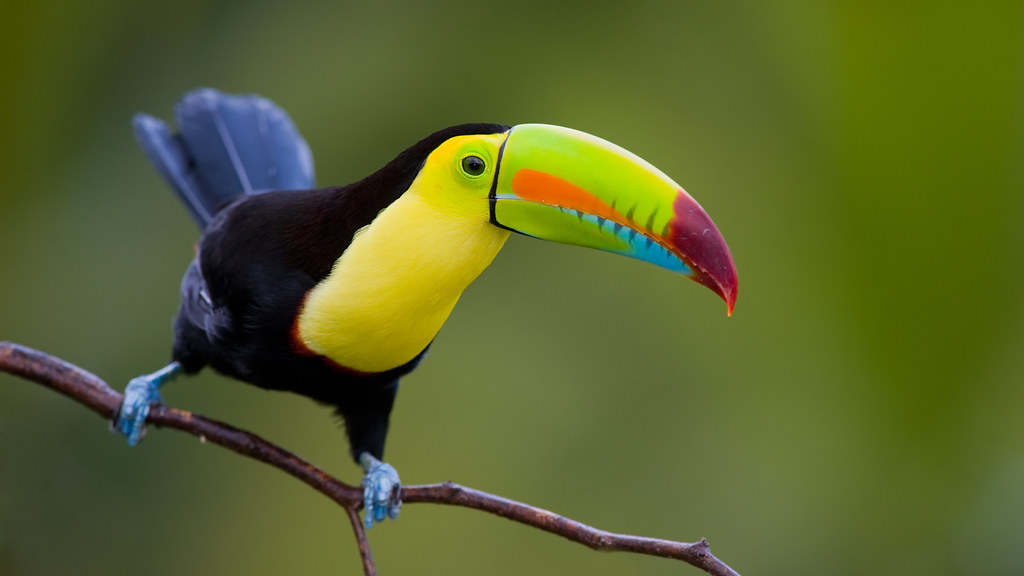The findings, published in Nature Ecology & Evolution revealed that tropical birds are roughly 30 per cent more colourful than non-tropical birds living nearer the poles.
Despite early naturalists such as Charles Darwin and Alexander von Humboldt first suspecting these trends in the 18th and 19th centuries, it hasn’t been possible to prove until now due to the large amount of data and advanced imaging technology needed to examine these patterns on a global scale.
The research team, led by the University of Sheffield and including Professor Tamás Székely from the University of Bath's Milner Centre for Evolution, photographed over 4,500 species of passerine birds (perching birds such as sparrows, songbirds and finches). The Sheffield team identified the colour of the plumage at 1,500 individual points on each specimen by extracting information from photograph pixels. This then allowed the researchers to extract the total number of ‘colour loci’ per specimen as an intuitive metric of colourfulness.
It’s not entirely clear why tropical birds are more colourful, but the findings suggest that dietary differences between tropical and non-tropical species, as well as the influence of their habitat, could play a key role.
The findings provide insight into how biodiversity is distributed across the planet, and will allow researchers to pinpoint bird ‘hotspots’ of colour and become more aware of what could be lost if bird species and their habitats are not effectively conserved.
The researchers photographed over 24,000 birds from the Natural History Museum collection in Tring, which has specimens of over 95 per cent of the world's living bird species.
Dr Chris Cooney, Lead investigator from the University of Sheffield’s School of Biosciences, said: “This work reveals the broad pattern that bird species tend to be 30 per cent more colourful towards the equator and identifies some general explanations for why this pattern might occur.
“This is exciting because it helps us to better understand the factors promoting and maintaining biodiversity at global scales. However, these broad-scale associations with species’ habitat and dietary differences can only tell us so much and there is much more to be learnt about the precise ecological and evolutionary factors promoting increased colourfulness in tropical species.” Co-author of the study, Professor Tamás Székely, from the University of Bath’s Milner Centre for Evolution, said: “This is an impressive study combining huge amount of detailed information on colouration, ecology and behaviour of birds.
“The results that sexual selection and diet are associated with colouration is reassuring, although further studies will be important to verify the details of these processes and test some of the outstanding explanations such as the significance of camouflage.”
Dr Gavin Thomas, from the University of Sheffield’s School of Biosciences and the Natural History Museum, said: “Research like this is only possible because of the amazing resources at the UK Natural History Museum (NHM), and in other natural history collections around the world. Broad, global-scale studies of biodiversity such as this are facilitated by the fantastic work of museum curators and volunteers, and museum collections continue to provide the raw material for cutting-edge scientific research.”

